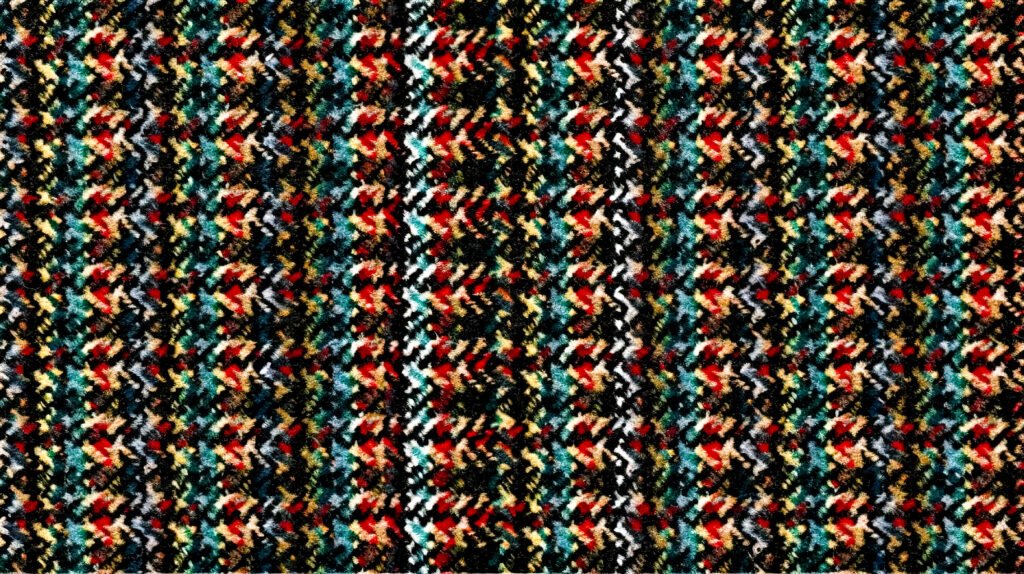In an era defined by data deluge and digital noise, a new discipline is emerging from the intersection of art, technology, and human intuition. This discipline is Pyntekvister—a term derived from the Scandinavian “pynt” (to decorate or adorn) and “tekst” (text, or weave), representing the sophisticated craft of weaving complex digital and data-driven patterns into coherent, meaningful, and beautiful narratives. It is not merely about data visualization; it is about finding the hidden rhythms, the subtle echoes, and the emergent stories within chaotic systems. A Pyntekvister is part data scientist, part artist, and part storyteller, someone who doesn’t just read the data but listens to the symphony it is trying to play. This article explores the core principles of this nascent field, which promises to redefine how we interact with and derive value from the invisible structures of our world.
The Core Philosophy: From Chaos to Coherent Narrative
At its heart, Pyntekvister is founded on the philosophical belief that chaos is merely order waiting to be deciphered. The Pyntekvister approaches a dataset—whether it’s global financial markets, neural activity in the brain, or the migratory patterns of birds—not as a cold collection of points but as a dynamic, living tapestry. The primary goal is not to force a predetermined story onto the data but to engage in a dialogue with it, allowing the inherent patterns to suggest their own narrative. This requires a unique blend of rigorous analytical thinking and open-ended creative exploration. The practitioner uses algorithms and machine learning not as answers in themselves, but as looms on which to weave, identifying correlations, clusters, and anomalies that form the threads of a larger story. The ultimate output is a translation—a rendering of complex information into a form that is not only understandable but also resonant on a human level, appealing to our innate sense of pattern recognition and emotional response.
The Pyntekvister’s Toolkit: Algorithms as the Modern Loom
The practical work of a Pyntekvister relies on a sophisticated and ever-evolving toolkit. This goes far beyond standard chart-making software. Core to their practice are advanced machine learning models for pattern recognition, which can identify non-obvious relationships across massive datasets. Generative adversarial networks (GANs) might be used to create visual representations of data structures that have never been seen before, while natural language processing (NLP) algorithms can be employed to weave patterns from vast corpora of text, revealing shifting sentiments and thematic evolutions. However, the tool is never the master. A Pyntekvister uses these technologies as a master weaver uses a loom—the machinery enables the creation, but the intent, the choice of threads (data sources), and the final composition are driven by human curiosity and aesthetic sensibility. The toolkit also includes interactive platforms that allow users to explore the woven patterns themselves, turning a static visualization into an immersive, explorable experience.
Applications in the Wild: Weaving Real-World Solutions
The potential applications for Pyntekvister are as vast as the datasets of our modern world. In urban planning, a Pyntekvister could weave together data on traffic flow, energy consumption, social media activity, and weather patterns to create a dynamic “city heartbeat” model, allowing planners to visualize the impact of new policies in real-time. In medicine, it could transform genomic sequences and patient health records into intricate, personalized health maps, helping clinicians spot the subtle, multi-factorial precursors to disease long before they manifest overtly. In environmental science, the technique could be used to weave satellite imagery, ocean current data, and atmospheric readings into a global climate tapestry, making the abstract concept of climate change tangibly visible and emotionally compelling. In each case, Pyntekvister moves beyond dashboards and reports, creating a holistic, intuitive understanding of complex systems.
The Human Element: The Irreplaceable Intuition of the Weaver
Despite the heavy reliance on advanced computation, the most critical component in Pyntekvister remains the human being. Algorithms can find patterns, but they cannot determine which patterns are meaningful, beautiful, or ethically significant. The Pyntekvister brings context, empathy, and ethical consideration to the process. They ask the “why” behind a correlation; they understand that a pattern showing increased productivity might be woven from the threads of employee burnout. They make conscious choices about which data to highlight and which to relegate to the background, understanding that every narrative is, by nature, a selective one. This human intuition is the guiding hand that ensures the final woven pattern tells a truth that is not just statistically accurate but also contextually and morally resonant, preventing the descent into sterile, automated output that lacks soul or deeper meaning.
Challenges and Ethical Considerations
As with any powerful new discipline, Pyntekvister is not without its perils. The very act of weaving a narrative from data introduces the risk of subjectivity and bias, both in the data collected and in the weaver’s choices. A beautifully woven pattern can be dangerously persuasive, potentially misleading an audience through its aesthetic appeal rather than its factual rigor. There is also the ethical responsibility of handling sensitive data. Weaving personal information into public narratives requires a robust ethical framework to avoid violations of privacy or the creation of tools for social control. The Pyntekvister must therefore operate with a craftsman’s integrity, constantly questioning their sources, their methods, and their motives, and being transparent about the artistic and interpretive choices made in the weaving process.
Conclusion: The Future Woven from Data
Pyntekvister represents a necessary evolution in our relationship with information. As we drown in data, we crave not more spreadsheets, but more meaning. This field offers a path forward, championing a synthesis of the quantitative and the qualitative, the algorithmic and the artistic. It posits that the future will be built not just by those who can collect the most data, but by those who can weave it into wisdom—those who can see the story in the stream and the tapestry in the turbulence. The Pyntekvister is the emerging architect of understanding, and their craft will be crucial in navigating the ever-more-complex world we are creating.
FAQ on Pyntekvister
Q: How is Pyntekvister different from standard Data Visualization?
A: While data visualization focuses on representing data clearly and efficiently through charts and graphs, Pyntekvister is a more holistic and artistic practice. It emphasizes narrative, emotional resonance, and the discovery of non-obvious, emergent patterns. Think of data visualization as creating a clear map, while Pyntekvister is about weaving a rich, evocative tapestry that tells the story of the landscape.
Q: What background does someone need to become a Pyntekvister?
A: A Pyntekvister is inherently interdisciplinary. A strong foundation in a quantitative field like data science, computer science, or statistics is essential for handling the “tekst” (weave). However, equally important are skills from the humanities and arts—such as design, storytelling, ethics, and psychology—to master the “pynt” (adornment) and create meaningful, human-centric narratives.
Q: Can this process be fully automated with AI?
A: No, and that is a key distinction. AI and machine learning are powerful looms for the Pyntekvister, capable of identifying patterns at a scale and speed impossible for humans. However, the curation of the narrative, the application of ethical judgment, the understanding of cultural context, and the injection of creative intent are deeply human tasks that cannot be outsourced to an algorithm.
Q: Is there a risk of Pyntekvister being used for misinformation?
A: Absolutely. The persuasive power of a beautifully woven data narrative is immense. A skilled but unethical Pyntekvister could selectively use data and aesthetic choices to create misleading or outright false impressions. This underscores the critical importance of integrity, transparency, and ethical training within the discipline.


